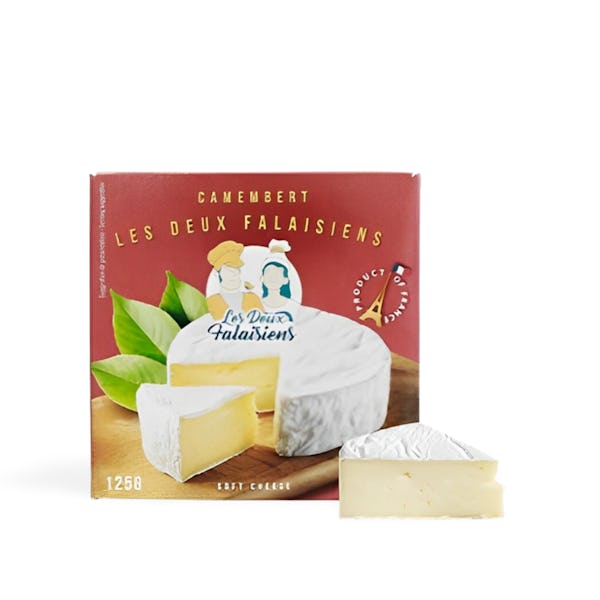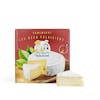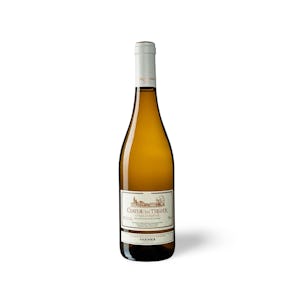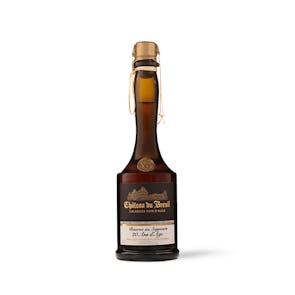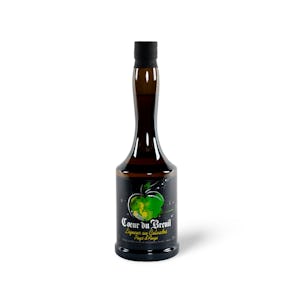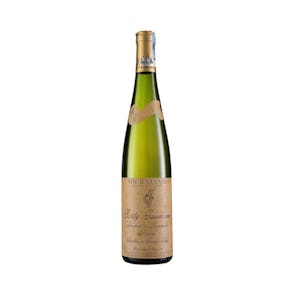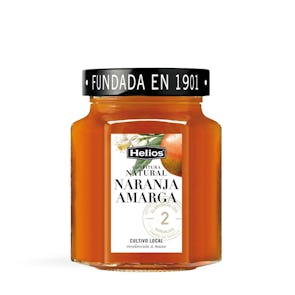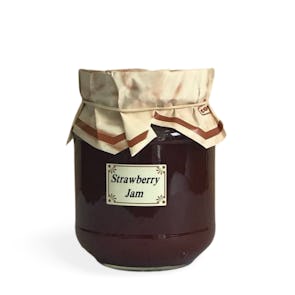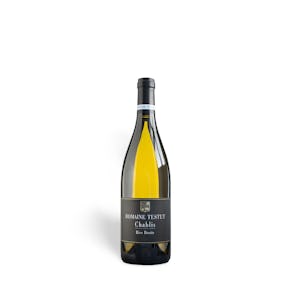Camembert Les Deux Falaisiens Soft Cow's Milk Pasteurized
PAIRS PERFECTLY WITH
There has been some confusion between brie and camembert for many years with people often mistaking one for the other. Indeed, when placed side-by-side with no clues given about what the cheeses are, it is often misleading. There are signs however, one of which is the region where these cheeses are made. Camembert is made in Normandy, France, while brie is made in the Brie region of Ile de France. But if one doesn’t have access to the packaging, how can one tell? The answer lies in the flavor.
Camembert has a similar texture and aroma to brie, but whereas brie is mild-mannered in flavor matched with a silky creaminess, camembert has a slightly more aromatic palate with a stronger earthy flavor. Camembert is also found to be slightly denser than the creaminess of bree. Brie is silk. Camembert is velvet.
Camembert les Deux Falasiens brings the quality of Normandy directly to your home - a world class cheese that is as much a pleasure to observe and smell as it is to eat. This beautiful cheese pairs well with reds that are not too tannic, and whites that are well balanced. A little on the dry side but with a nice fruitiness to enhance your camembert experience.
Storage Instructions
Cheeses (except brined ones in jars) should be stored in the crisper or the butter drawer of a refrigerator, not on the shelves themselves. This is to help regulate their temperature and humidity levels—and prevents the formation of mold. Once opened, they should not be kept in their original packaging. Soft cheeses with delicate rinds need to breathe, so they are best placed in glass containers lined with paper towels to absorb extra moisture. Leave the lid open a tiny bit for air to circulate and don’t forget to write up a label with the date you first opened the package. Kindly pay attention to the best before date label when you receive your cheese. Consume prior to date indicated.

